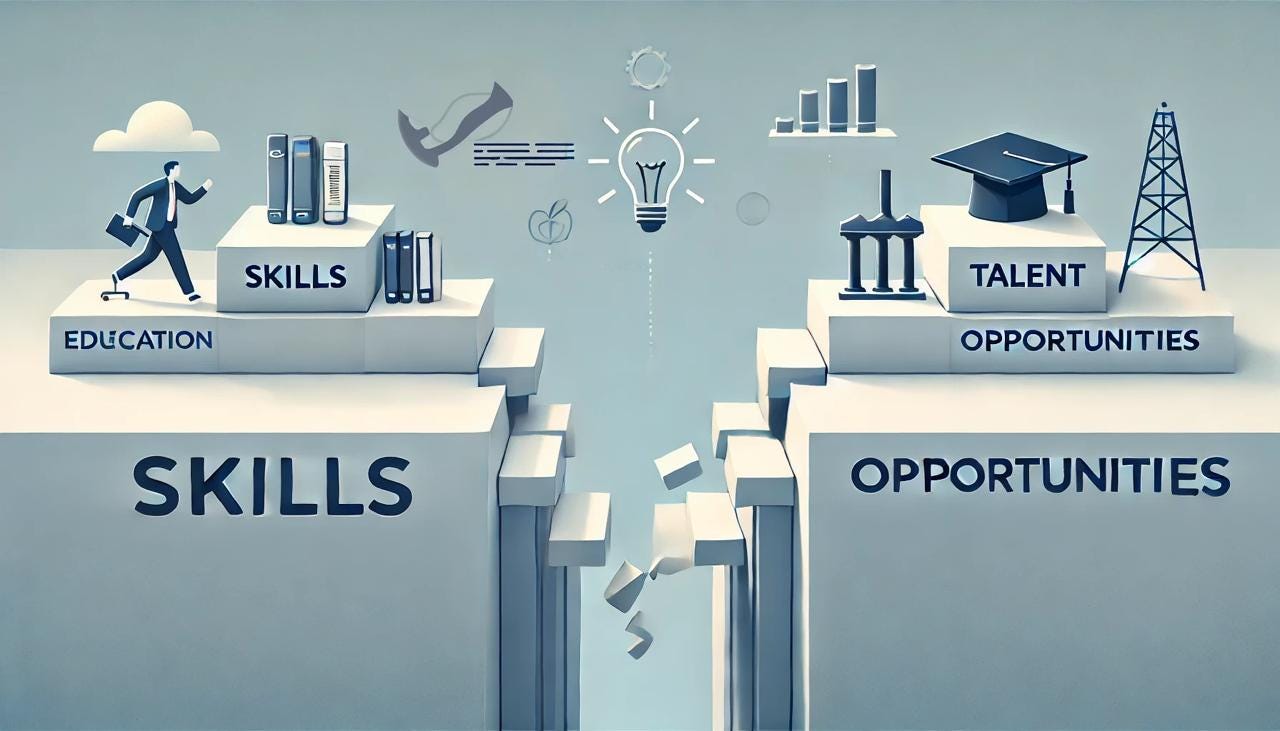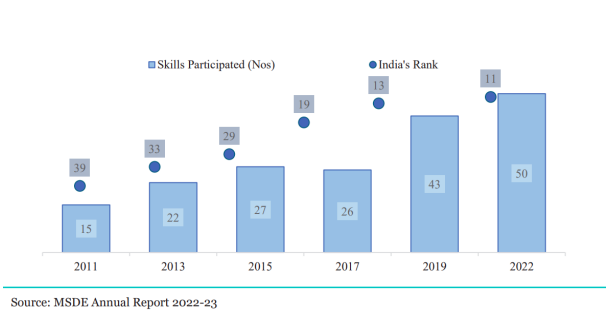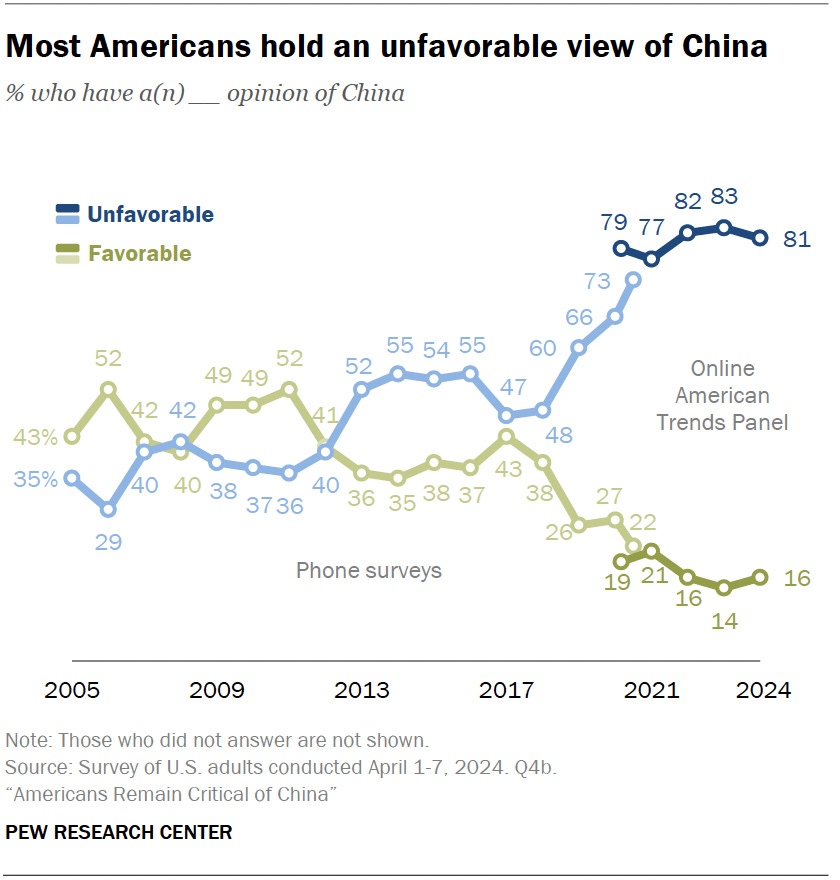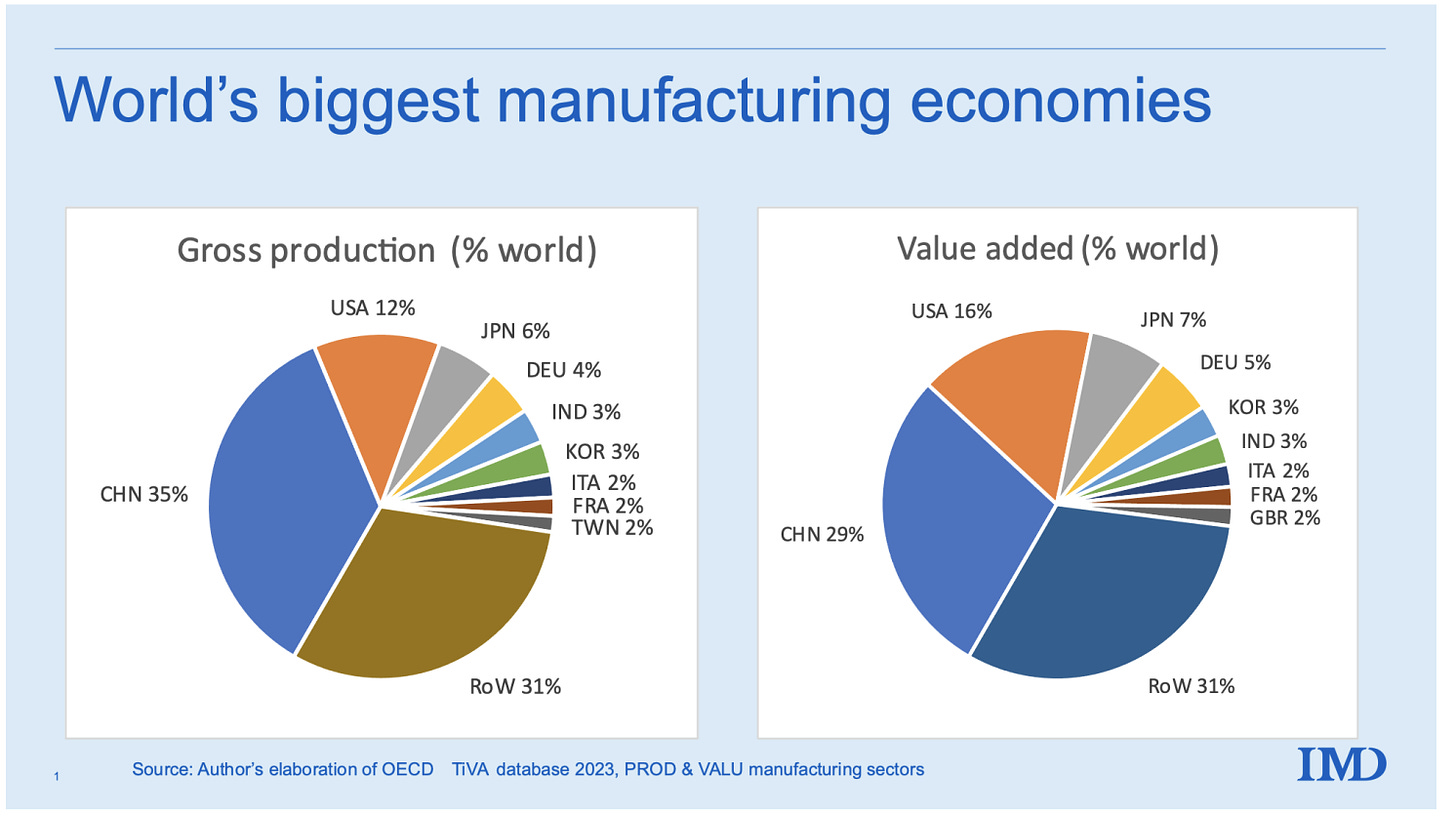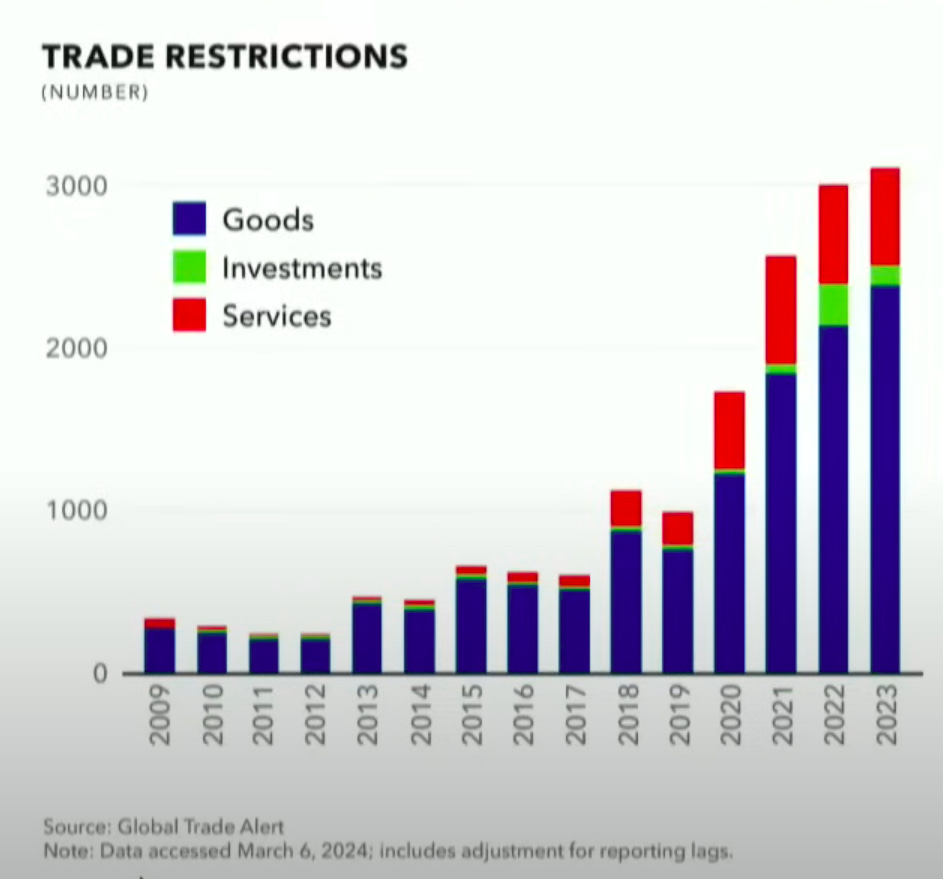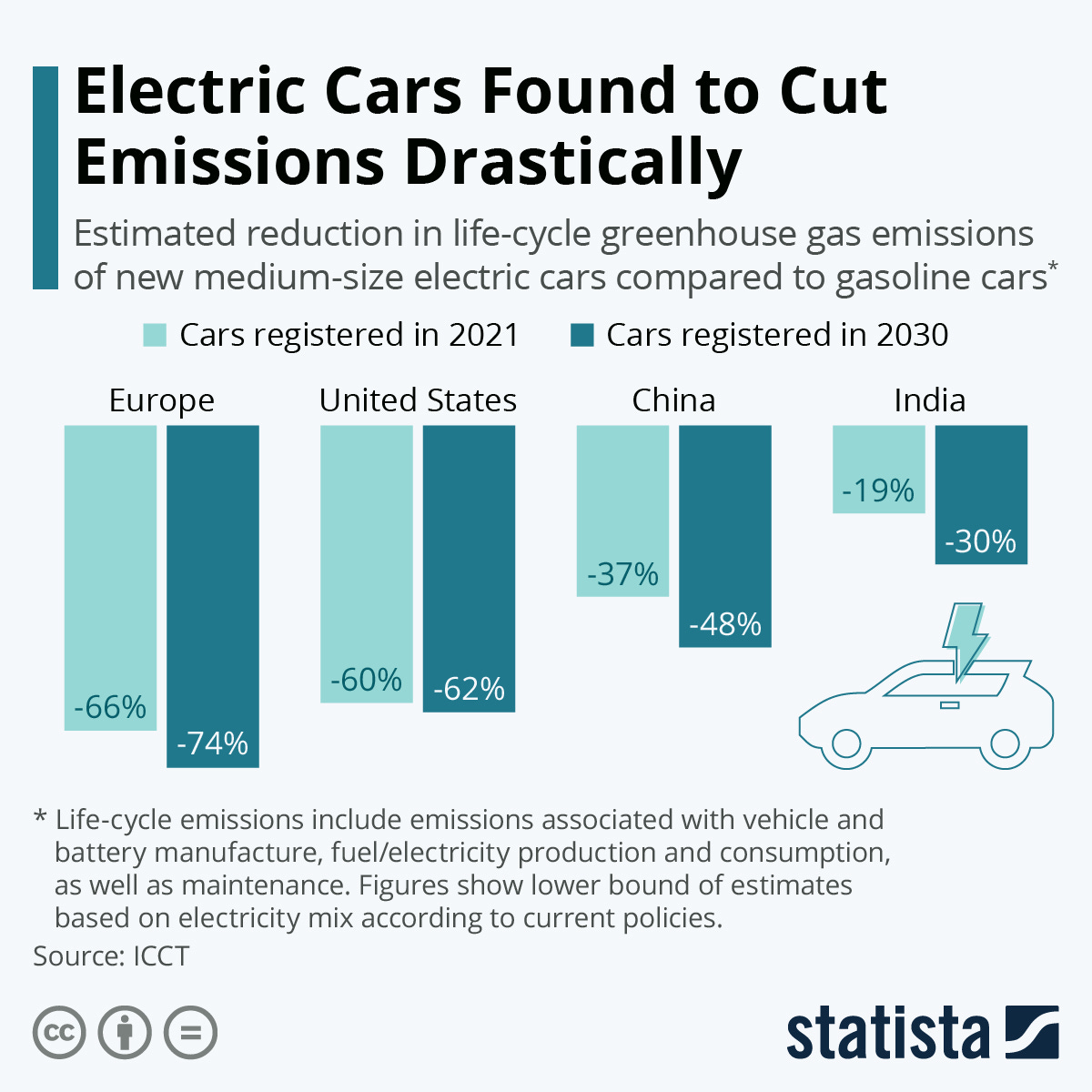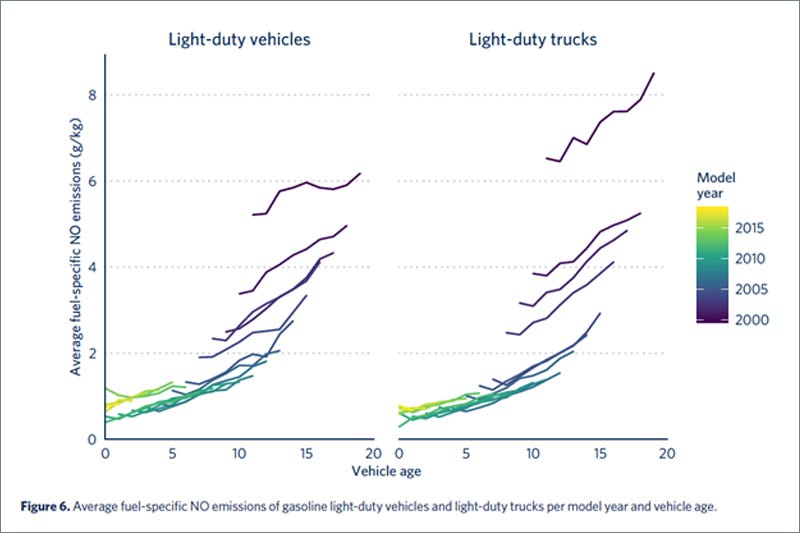Our goal with The Daily Brief is to simplify the biggest stories in the Indian markets and help you understand what they mean. We won’t just tell you what happened, but why and how too. We do this show in both formats: video and audio. This piece curates the stories that we talk about.
You can listen to the podcast on Spotify, Apple Podcasts, or wherever you get your podcasts and video on YouTube.
You can now also listen to The Daily Brief in Hindi
Today on The Daily Brief:
- India’s skill gap
- China
- What the scrap
India’s skill gap
In the previous editions, we’ve talked a lot about India’s challenge with creating jobs. Well, there’s more to it. The Ministry of Skill Development and Entrepreneurship recently published some data that highlights India’s growing skill gap.
The report kicks off by pointing out that India has one of the youngest populations in the world. The median age is just 28, and 65% of the population is under 35. This gives India a big advantage, or at least it could—if the workforce has the right skills.
So, what’s causing this skill gap? Well, there are a few factors at play. First off, India’s economy is changing fast. New technologies are creating demand for skills that didn’t even exist a decade ago, but the education system hasn’t kept up.
According to a report by the International Labour Organization (ILO), the skills mismatch in some sectors is pretty staggering. In the IT and tech industry, 80% of employers say there’s a major skills gap. And it’s not just tech. In engineering and manufacturing, it’s the same story—80% of employers are struggling to find workers with the right skills.
Even big names like Larsen & Toubro (L&T) are feeling the pressure. They’ve said they’re having a tough time filling 25,000 jobs in engineering and construction and another 20,000 in IT and IT services.
So, how many jobs are we talking about here? India’s Chief Economic Advisor, V. Anantha Nageswaran, recently said the country needs to create around 8 crore jobs per year. That’s a huge task given the current skills gap.
Even more alarming is a recent World Bank study that found 85.1% of students in India fall below basic skill levels. And across different states, the numbers aren’t much better, with 88-90.1% of children lacking basic skills.
So, what’s the solution? It’s going to take a massive effort from both the public and private sectors. The government is pushing for reforms in education and vocational training. They’re also launching initiatives to promote entrepreneurship and innovation.
One promising initiative is the Skill India Digital platform. The idea here is to integrate skilling, education, employment, and entrepreneurship into one ecosystem. It’s a step towards making skill acquisition more accessible.
The private sector also has a crucial role to play. Companies need to invest more in training and upskilling their workforce. They also need to work closely with educational institutions to make sure the curriculum is aligned with what industries actually need. According to that ILO report, only 36% of Indian companies conduct in-house training, which is far lower than countries like Germany and China.
Former RBI Governor Raghuram Rajan has been vocal about India’s jobs problem and has some good suggestions. He says India needs to create jobs across the entire spectrum—not just in high-skill sectors like tech, but also in areas like tourism, retail, hospitality, and entertainment, which can absorb a larger workforce.
He also points out that while India is investing heavily in high-tech sectors like chip manufacturing, these industries alone won’t create enough jobs. He suggests a more balanced approach—investing in stronger engineering colleges, scientific labs, and research centers that can build a broader base of skills and intellectual property, which can be applied across various industries.
Rajan also stresses the importance of last-mile training. He believes that with just 6-12 months of targeted training, many graduates could become highly employable, even in complex fields. This could be a game-changer in bridging the gap between education and industry needs.
Now, let’s take a step back and look at the bigger picture. The World Bank report highlights that this skills gap isn’t just India’s problem—it’s a global issue. The report estimates that two-thirds or more of young people worldwide are not reaching the minimum skill levels needed to compete in today’s international economy. This is a big deal because skill differences account for about three-quarters of the variations in long-term economic growth between countries.
China
US politicians from the Republican Party are pushing hard for new anti-China laws. Just this week, they passed a bill that would essentially blacklist certain Chinese biotech companies and their U.S. subsidiaries.
If this bill becomes law, it could seriously affect Chinese biotech firms. They might lose access to U.S. government contracts, face restrictions on receiving certain exports from the U.S., and find it harder to do business with American companies.
This would be a tough blow for Chinese biotech giants like BGI Group and WuXi AppTec, both major players in the global biotech industry, focusing on areas like genomic sequencing and drug development.
This time, the focus isn’t on tech hardware or software but on biotechnology and pharmaceuticals. Republicans argue that these new restrictions are about national security. They claim that Chinese biotech companies could gain access to sensitive biological data—like genetic information or health-related data from American citizens—and transfer it to China. But there’s likely a political angle here too.
We’re about 50 days away from the U.S. presidential election, and the Republicans seem to be trying to score some political points. By pushing these anti-China bills, they’re tapping into the growing anti-China sentiment in America. Republicans want to ride this wave of “Anti-China” feeling to win over voters. According to Bloomberg Intelligence, this bill has about a 70% chance of becoming law, given the strong support it has.
Let us throw in some numbers from a recent Pew Research Center survey: 81% of Americans now view China unfavorably. And this isn’t a new thing—it’s been building over the years. Back in 2018, only about 48% of Americans had an unfavorable view of China. Now that number has nearly doubled.
Source: Pew Research
But this isn’t just about biotech, and it’s not just happening in America. We’re seeing a global shift in how countries approach trade with China, especially in key industries. Here’s what’s been going on:
- Canada has slapped a 100% tariff on Chinese electric vehicles, buses, and trucks. They’re also considering a 25% tariff on Chinese steel and aluminum.
- The European Union has imposed tariffs of up to 38% on Chinese electric vehicles.
- The U.S. has already raised customs duties on Chinese EVs to 100% and is thinking about hiking tariffs on other Chinese goods.
- Indonesia is considering tariffs of up to 200% on Chinese textile products.
- India has imposed tariffs up to 30% on some Chinese steel products.
- Brazil has also placed tariffs on Chinese EVs and steel.
So, why are so many countries slapping tariffs on Chinese goods? It all ties back to China’s rise as a global manufacturing superpower. Today, China accounts for about 35% of global manufacturing output—more than the next three largest manufacturers combined.
Source: CEPR
China’s dominance has had real consequences. Countries like the U.S. have lost millions of manufacturing jobs as production shifted to China.
This shift is happening alongside a bigger change in the world order. Since the Cold War ended, we’ve lived in an era of hyper-globalization, where open markets, free trade, and liberal policies were the norm. Cooperation and interdependence were the goals. But now, the world feels more like a wrestling ring.
In a recent talk, IMF deputy managing director Gita Gopinath shared a striking statistic: there’s been a sharp rise in trade restrictions worldwide. In 2022 and 2023 alone, there were 3,000 new trade restrictions each year—that’s three times the level seen in 2019.
She also mentioned something a bit gloomy—global trade is becoming more fragmented. Countries aren’t trading as much with rivals. For instance, China’s trade with the U.S. is shifting. But on the flip side, friendly nations are trading more with each other.
We’re moving from an “international first” mindset to “nation first” policies. Think of Trump’s “America First” slogan. It’s not just a one-off thing, but part of a broader trend. Countries are starting to look inward, putting their own interests ahead of global cooperation.
So, what does this mean for the future? The next 30 years will be radically different from the past 30. Countries will rethink their supply chains, trade relationships, and economic strategies. It’s like that old Chinese curse: “May you live in interesting times.”
What the scrap
Nitin Gadkari, India’s Road Transport and Highways Minister, recently made headlines by urging for bigger discounts on new vehicles when people scrap their old ones. This is part of the ongoing effort to push India’s National Vehicle Scrappage Policy, which was introduced in 2021.
So, why does this matter? Let’s look at the bigger picture. For over a century, we’ve been relying on fossil fuels to power almost everything, including our cars. However, burning fossil fuels has led to rising pollution and climate concerns. To tackle this, India has been tightening its vehicle emission standards over the years. The latest one, Bharat Stage-6, is much stricter than the earlier versions.
The Bharat Stage Emission Standards are India’s rules to reduce air pollution from vehicles by limiting emissions like nitrogen oxides, carbon monoxide, and particulate matter.
Source: Statista
The issue we face is that many older vehicles still on the road were built to meet much looser standards. Some estimates suggest that these older vehicles pollute 10-12 times more than the newer ones. This is where the scrappage policy comes in – it’s designed to remove these outdated, polluting vehicles from the roads.
Source: True Initiative
On paper, the policy sounds promising. It could lead to cleaner air, boost new car sales, create jobs in the recycling industry, and provide cheaper raw materials for steel production. But in reality, it’s been more complicated.
Many people are hesitant to give up their old vehicles. New cars are expensive, and many feel their old cars are still perfectly fine. Plus, the process of getting a car tested or scrapped isn’t easy. There are only a few testing centers in the country. For example, Uttar Pradesh, with over 200 million people, has just one testing center.
Building more centers is no easy task either. It requires a lot of money, land, trained workers, and the right equipment. All of this takes time and effort to develop. This limited infrastructure makes it hard for people to get their vehicles tested.
The government has tried to sweeten the deal by offering incentives like road tax discounts and pushing car manufacturers to offer discounts on new vehicles. But so far, these incentives haven’t been enough to make a big impact. Out of the millions of old vehicles, fewer than 50,000 had been scrapped at official centers by early this year.
There’s also a large informal scrapping industry that competes with government-approved centers. These informal operations are often faster and more convenient, but they may not follow environmental rules properly.
Gadkari’s recent call for bigger discounts is an attempt to tackle these challenges. The idea is that larger discounts could finally convince more people to take part in the scrapping program.
The government is also considering revising the scrappage policy to address concerns from people who believe their well-maintained vehicles shouldn’t be scrapped just because of their age. The proposed change is to base scrapping on how much a vehicle pollutes rather than its age.
This revision is aimed at people who argue, “I’ve taken good care of my car, so why should it be scrapped just because it’s old?” If this change happens, it would tie the scrapping requirement to a vehicle’s pollution levels instead of its age. But this would also need a reliable system for issuing pollution certificates to make sure it’s fair.
In the end, the success of the scrappage policy will depend on striking the right balance – making it financially worthwhile for people to switch to cleaner vehicles, while ensuring the infrastructure is in place to make the whole process easier and accessible.
In other news, here are some interesting things happening in the markets and business world:
- Nazara Technologies is diving into the real money gaming space by acquiring a big stake in PokerBaazi’s parent company. This move comes as they look to tap into the sector’s expected 20% annual growth, even with recent tax changes.
- The European Central Bank has lowered its deposit rate to 3.5%, trying to balance inflation concerns with slow economic growth. They’re predicting inflation will hit their 2% target by 2025, although energy costs could cause some short-term bumps.
- The 2023 ICC Men’s Cricket World Cup in India was a huge win, generating a whopping $1.39 billion in economic impact. It brought in 1.24 crore spectators, boosted tourism revenues, and created over 48,000 jobs, showing just how powerful cricket is in India’s economy.
- UAE’s state-backed investment company, MGX, is reportedly in talks to invest in OpenAI, as part of a potential $6.5 billion funding round. This lines up with the UAE’s focus on AI, and the deal could value OpenAI at an impressive $150 billion.
Thank you for reading. Do share this with your friends and make them as smart as you are ![]()
If you have any feedback, do let us know in the comments
